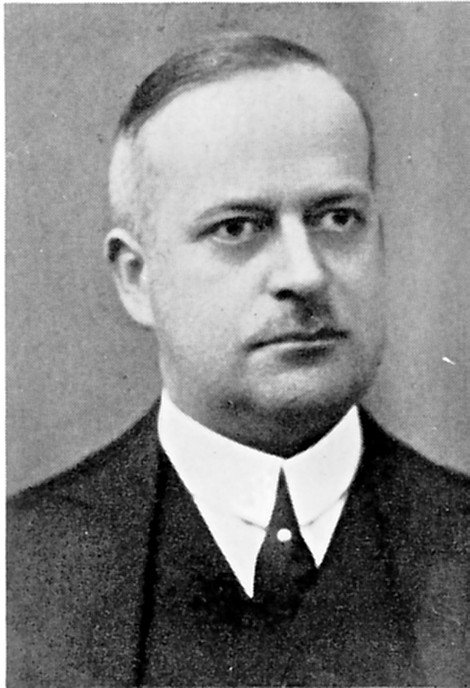Difference between revisions of "Template:Westarctica.wiki:Today's featured article"
Westarctica (talk | contribs) |
Westarctica (talk | contribs) |
||
| Line 1: | Line 1: | ||
[[File: | [[File:Lars Christensen.jpg|thumb|300px|left]] | ||
'''[[Lars Christensen]]''' was a Norwegian shipowner and [[whaling]] magnate. He was also a philanthropist with a keen interest in the exploration of [[Antarctica]]. | |||
After completing middle school in 1899, he received training in Germany and at Newcastle followed by trade college in Kristiania (now Oslo). He started his career as a ship owner in 1906. He ventured into the [[whaling]] industry in 1909, and directed several companies, including Framnæs Mekaniske Værksted, AS Thor Dahl, AS Odd, AS Ørnen, AS Thorsholm and Bryde og Dahls Hvalfangstselskap. | |||
'''([[ | ''[[Endurance]]'', the ship that became famous after Sir [[Ernest Shackleton|Ernest Shackleton's]] failed Imperial Trans-Antarctic Expedition of 1914, was originally built for Christensen, who intended to use her for Arctic cruises for tourists to hunt polar bears. When this did not happen, Christensen sold the ship to Shackleton. | ||
On 1 December 1927, as the leader of one of his financed expeditions, Christensen landed on and claimed the [[Bouvet Island]] (''Bouvetøya'') for Norway; it had previously been claimed by Great Britain, but the British soon abandoned their claim and recognized the island as Norwegian. | |||
'''([[Lars Christensen|Full Article...]])''' | |||
Revision as of 07:27, 31 December 2018
Lars Christensen was a Norwegian shipowner and whaling magnate. He was also a philanthropist with a keen interest in the exploration of Antarctica.
After completing middle school in 1899, he received training in Germany and at Newcastle followed by trade college in Kristiania (now Oslo). He started his career as a ship owner in 1906. He ventured into the whaling industry in 1909, and directed several companies, including Framnæs Mekaniske Værksted, AS Thor Dahl, AS Odd, AS Ørnen, AS Thorsholm and Bryde og Dahls Hvalfangstselskap.
Endurance, the ship that became famous after Sir Ernest Shackleton's failed Imperial Trans-Antarctic Expedition of 1914, was originally built for Christensen, who intended to use her for Arctic cruises for tourists to hunt polar bears. When this did not happen, Christensen sold the ship to Shackleton.
On 1 December 1927, as the leader of one of his financed expeditions, Christensen landed on and claimed the Bouvet Island (Bouvetøya) for Norway; it had previously been claimed by Great Britain, but the British soon abandoned their claim and recognized the island as Norwegian.
